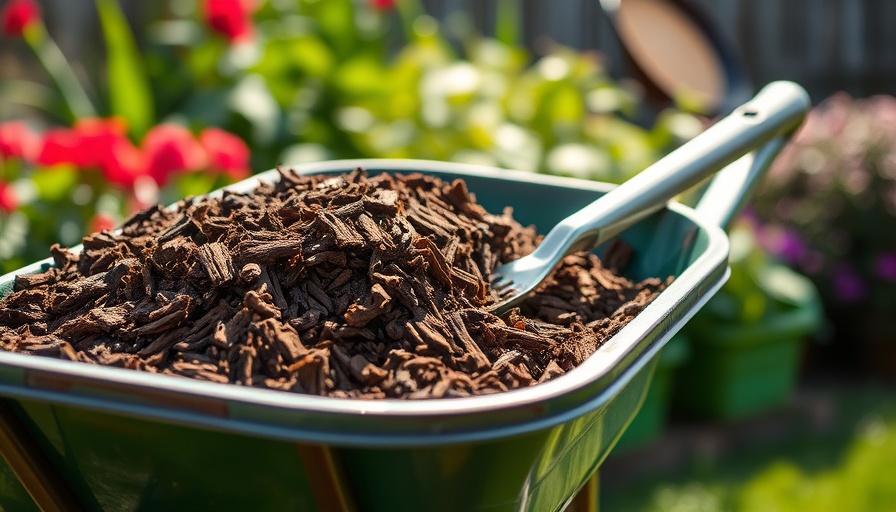
Understanding the Threat: The Rise of Jumping Worms
Jumping worms, with their unsettling thrashing and unique appearance, have become a growing concern for gardeners and homeowners alike. Not to be confused with their more benign counterparts, these invasive creatures pose significant threats to soil health and overall garden ecosystems. While the name suggests they leap, they merely wiggle with an intensity that can alarm anyone who encounters them. Named for their striking behavior, these worms are originally from Asia, and their presence in the U.S. has been noted as far back as the 1940s, indicating that they are not quite as new as some might assume.
The Ecological Impact of Jumping Worms
Dr. Annise Dobson, a prominent researcher from Yale, elaborates on their ecological niche. While a few might romanticize the idea of having more worms in the garden, jumping worms disrupt the natural soil structure profoundly. Their voracious eating habits mean they consume organic matter rapidly, leading to soil that resembles gravel more than a fertile ground. As these invasive species spread, they leave their mark in the form of castings that may appear harmless but actually signal a worrying shift in the soil's ecology.
Signs of Infestation: How to Identify Jumping Worms
If you're wondering whether your garden is hosting these unwelcome guests, there are key indicators. Adult jumping worms are larger than typical earthworms and display a distinctive raised band near their heads. Their castings, often compared to Grape Nuts cereal, can be a dead giveaway, altering the texture of your soil and potentially signaling a problem. Detection is essential not only for prevention but also for control efforts.
Comparing the Effects: Jumping Worms vs. Common Garden Worms
It’s important to distinguish jumping worms from traditional earthworms. While many earthworm species provide essential benefits to soil aeration and nutrient cycling, jumping worms, however, can deplete necessary organic materials, detracting from the health of plants, particularly annuals and young seedlings. The difference in their ecological roles illustrates why managing their populations is crucial.
Key Strategies to Prevent and Manage Jumping Worms
As a proactive homeowner, understanding how to manage jumping worms is vital. Here are some expert tips to consider:
- Soil Monitoring: Regularly inspect garden beds for signs of worm activity and unusual casting patterns.
- Preventive Measures: Avoid introducing potentially contaminated soil or mulch into your garden, especially from areas known to harbor jumping worms.
- Barriers and Cleanup: Implement barriers to keep invasive species at bay and promptly clean your tools and footwear after visiting affected areas.
- Community Involvement: Join local gardening clubs or habitat conservation efforts to share knowledge and control methods.
The Importance of Awareness: Educating Yourself and Others
The battle against jumping worms is not just an individual effort; it's communal. Raising awareness about this invasive species is essential for broader ecological health. Community efforts can bolster local resistance to invasive pests, and even small actions can contribute to larger ecosystems' well-being. Consider hosting workshops or information sessions to share insights on effective management practices.
Looking Ahead: Future Implications of Jumping Worm Infestations
As climate change continues to alter ecosystems, the presence of jumping worms reminds us of the fragility of our natural environments. The disruption they cause could have long-lasting effects on soil health, food production, and biodiversity. Keeping informed and adaptable will be key in facing these challenges.
Ultimately, tackling the challenge posed by jumping worms requires a comprehensive approach: education, community action, and applied garden management practices. By staying vigilant and proactive, gardeners can protect their soil from degradation and ensure a flourishing environment.
If you're a homeowner passionate about garden health, let this growing concern be your call to action. Share this knowledge, stay informed, and engage with local experts to ensure your garden continues to thrive sustainably.
 Add Row
Add Row  Add
Add 




Write A Comment